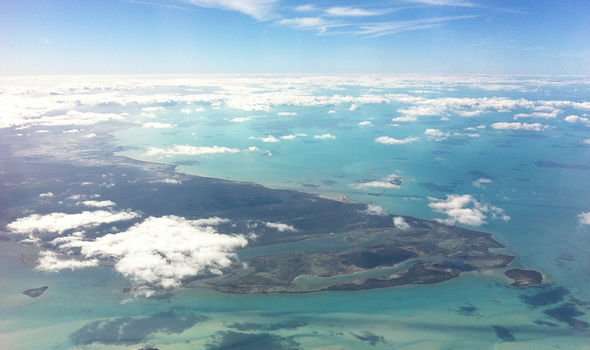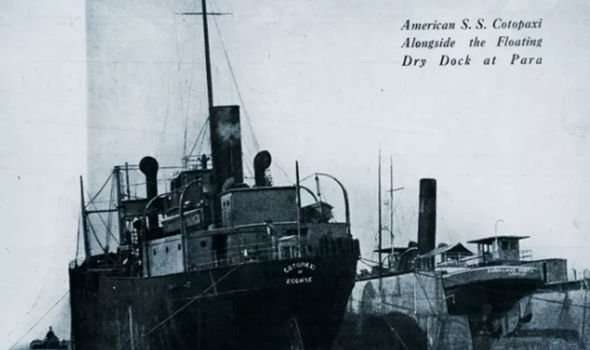THE BERMUDA TRIANGLE was blamed for the loss of a ship in 1925, but underwater explorers discovered its wreck off the eastern coast of Florida almost a century on, debunking the theory.
The loosely defined region of the North Atlantic Ocean has been at the centre of bizarre events both on water and in the air dating back to 1492, when Christopher Columbus and the Santa Maria crew reported a sighting of unknown light, just days before the landing at Guanahani. The vicinity of this so-called triangle is among the most heavily travelled shipping lanes in the world, with vessels frequently crossing through it for ports in the Americas, Europe and the Caribbean islands. Popular culture has attributed various disappearances to the paranormal or even some kind of colossal sea monster, but researchers discovered the true fate of the SS Cotopaxi, which disappeared without a trace in 1925, carrying a cargo of coal and a crew of 32.
Trending
About 35 years ago, divers came across a shipwreck off the coast of St Augustine called “Bear Wreck” and for the past few decades, diver Michael Barnette and his team have been exploring the wreck – which they now believe is the remains of the SS Cotopaxi.
Mr Barnette took measurements of the shipwreck, looked at historical newspaper articles and insurance records, and examined artefacts found at the wreck.
He said in January: “The Cotopaxi was really the only option.
“It’s the one that just kind of screamed out.”


The group’s underwater quest was featured in the February 9 premiere of the Science Channel’s “Shipwreck Secrets” series.
Mr Barnette, a marine biologist at the National Oceanic and Atmospheric Administration (NOAA), added: “It was incredibly exciting.
“I’ve done a countless number of shipwreck dives but this one truly stood out.”
To further verify his findings, Mr Barnette consulted researchers at a Smithsonian affiliate St Augustine Lighthouse & Maritime Museum.

Chuck Meide, a director at the institute, said: “When I saw the research [Mr Barnette] did, I was pretty impressed.
“He had done a lot of archival research, and he had the plans of the Cotopaxi and he had the court records of the relatives of the crew that perished in the incident, who sued the owner of the company.”
But the location of the Cotopaxi is only part of the story — Mr Barnette worked with other experts to construct a theory about what happened to the ship using the research.
Two major factors contributed to the vessel’s fate, according to Mr Barnette’s account – a sudden storm, and a ship that left port ill-equipped to deal with the weather.
DONT MISS
End of the world: How archaeologist discovered ‘real Maayan doomsday’ [VIDEO]
Mayan DISCOVERY: How find in ancient city ‘reveals creation story’ [CLAIM]
Egypt: How ‘greatest archaeological find of all time’ stunned expert [REVEALED


Wooden hatch covers for the ship’s cargo holds were in disrepair, allowing water from rough weather to slosh below deck, Mr Barnette’s research showed.
He added: “The ship was doomed at that point.”
Caught by a massive storm, the crew “had no shelter” and the situation went from “bad to catastrophic in very short order,” according to Mr Barnette.
In a final nail into the coffin of the Bermuda Triangle theory, Mr Barnette said the site of the Cotopaxi wreckage would likely fall outside its loose borders – just like many other wrecks associated with the conspiracy.
Sourse: www.express.co.uk





